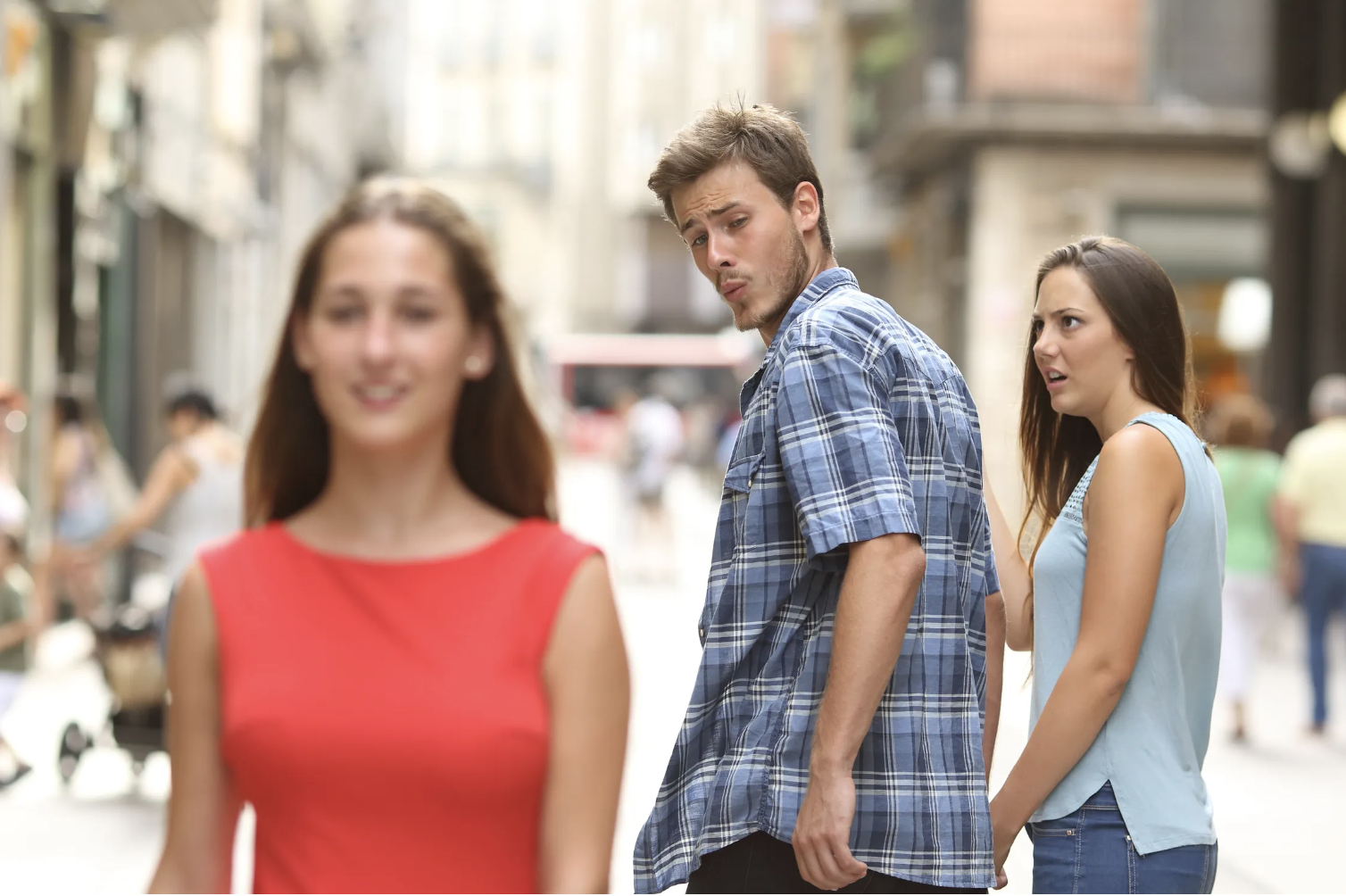Session Description: In this hands-on session, learn to harness the power of memes to capture the essence of literary themes and characters through humor and visual storytelling. Discover practical tools like Imgflip, Canva, Pixlr, and Kapwing and more to create and analyze memes that resonate with the social-savvy smartphone generation. Explore how memes can serve as mnemonic devices, spark rich discussions, and link various disciplines, all while fostering creativity and critical thinking.
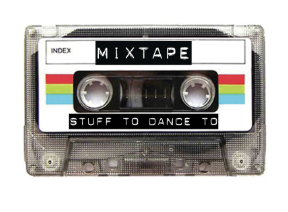
I am super excited to be presenting again for BER. Welcome to your outsourced memory for today’s session. Not sure what outsourced memory is? No worries, you simply haven’t learned about outsourced memory and transactive thinking YET! But we will get to that shortly. Please feel free to follow along here as we go through this session. Please feel free to share this resource with others, and if you have questions, or would like to share something with me, feel free to email me.
What is a Meme?
Memes are cultural symbols and ideas that spread virally, primarily through the internet. They often take the form of images, videos, or text that are humorous and relatable, capturing the essence of contemporary societal themes. Memes leverage humor, satire, and irony to comment on various aspects of life, making them powerful tools for communication and social commentary. By rapidly evolving and adapting to current trends, memes engage audiences and create a sense of shared cultural experience.
Know Your Meme Challenge
Ok, But Why Use Memes in the ELA Classroom?
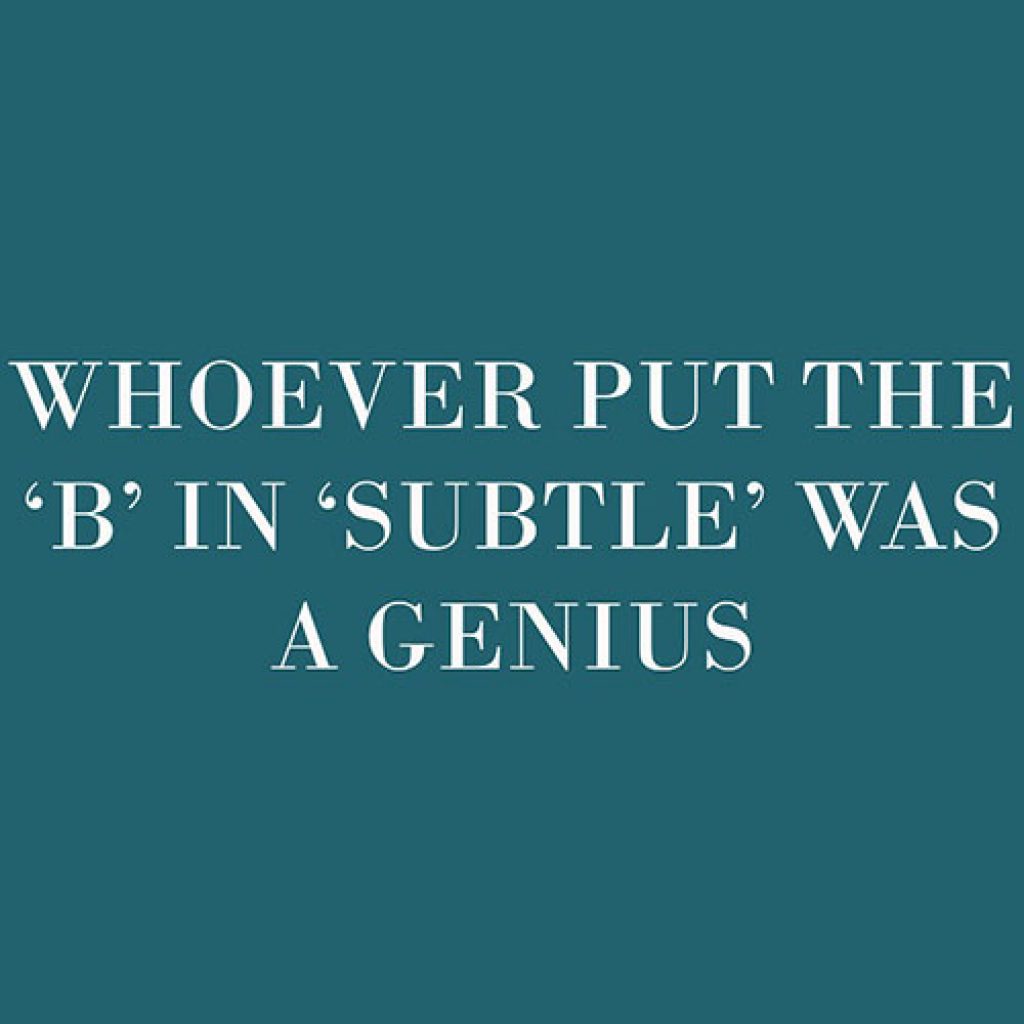
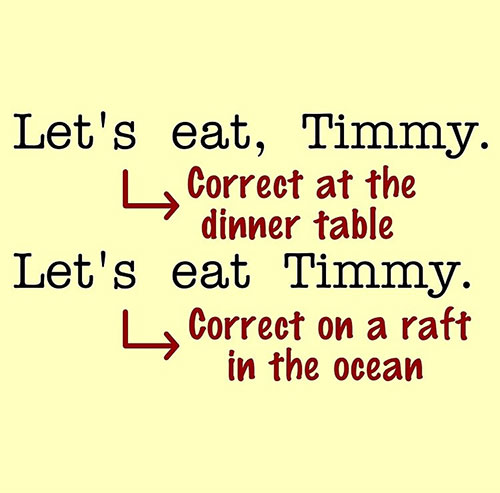
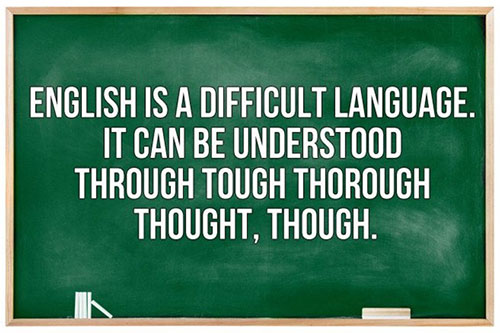
- Active Learning: Creating memes requires students to engage actively with the material, fostering deeper understanding and retention.
- Visual Learning: Memes use images, making abstract literary concepts more concrete and memorable for visual learners.
- Humor and Engagement: The humor in memes makes learning fun and engaging, which can enhance memory and student motivation.
- Cultural Relevance: Memes are a part of students’ everyday digital culture, making lessons more relatable and relevant to their lives.
- Critical Thinking: Analyzing and creating memes encourages students to think critically about the content and how to convey complex ideas succinctly.
- Creativity: Meme creation allows students to express their understanding creatively, catering to diverse learning styles.
- Brevity and Clarity: Memes require concise communication, helping students to distill their thoughts and focus on key ideas.
- Peer Learning: Sharing and discussing memes can promote peer learning and collaborative understanding of literary themes.
- Immediate Feedback: Memes can be quickly shared and reviewed, allowing for immediate feedback and discussion in the classroom.
- Mnemonic Devices: The combination of images and text in memes serves as a mnemonic device, aiding in the recall of literary concepts and themes.
- Encourages Digital Literacy: Using memes helps students develop digital literacy skills, which are essential in the modern world.
- Accessibility: Memes can simplify complex ideas, making them more accessible to all students, including those who might struggle with traditional texts.
- Discussion Starters: Memes can serve as effective discussion starters, prompting students to explore and debate different interpretations of literary works.
- Interdisciplinary Connections: Memes can link literature with other subjects such as history, social studies, and art, promoting interdisciplinary learning.
- Student-Centered Learning: By allowing students to create and analyze memes, the learning process becomes more student-centered and personalized.
- Assessment Tool: Teachers can use memes as a formative assessment tool to gauge students’ understanding of literary concepts in a fun and engaging way.
- Motivation and Ownership: Creating memes gives students a sense of ownership over their learning, boosting motivation and investment in the subject matter.
- Simplifies Complex Ideas: Memes can break down complex literary concepts into more understandable and relatable content.
- Enhances Communication Skills: Crafting the perfect meme requires students to effectively communicate their thoughts and ideas in a concise manner.
- Promotes Social Interaction: Memes encourage social interaction and discussion among students, fostering a collaborative learning environment.
What Tools Do You Recommend?
- Imgflip: An online meme generator that allows users to create memes using popular templates or their own images. It’s straightforward and user-friendly.
- Canva: A versatile graphic design tool with templates specifically for meme creation. It offers a drag-and-drop interface, making it easy to add text and images.
- Pixlr: An online photo editor that offers tools for creating and editing images, making it suitable for meme creation with more detailed customization.
- Kapwing: A comprehensive video and image editing tool that includes meme templates. It allows for easy customization and supports both image and video memes.
What are some Teaching Ideas?
- Character Analysis through Memes: Have students create memes that represent the traits, actions, or significant moments of characters from a novel or play, encouraging deep thinking about characterization and leading to rich classroom discussions.
- Theme Exploration: Assign students to create memes that encapsulate the central themes of a literary work, helping solidify their understanding and providing a creative outlet for expressing complex ideas.
- Literary Devices Identification: Students can create or find memes that illustrate various literary devices (e.g., irony, metaphor, alliteration), making abstract concepts more tangible and relatable.
- Creative Writing Prompts: Use memes as prompts for creative writing assignments, inspiring students to craft stories, poems, or essays based on the humor or scenarios depicted in the memes.
- Summarizing Texts: Challenge students to create memes that summarize key points or plotlines of literary works, fostering concise thinking and comprehension.
- Comparative Analysis: Have students compare and contrast characters, themes, or settings from different texts by creating side-by-side memes, enhancing their analytical skills.
- Discussion Starters: Use memes as icebreakers or discussion starters to prompt conversations about specific texts or literary concepts, making class discussions more engaging and accessible.
- Peer Feedback: Encourage students to create memes as part of a peer review process, offering humorous yet constructive feedback on each other’s work, which can make critiques more approachable.
- Cultural Connections: Assign students to create memes that connect literary works to contemporary cultural references, helping them see the relevance of classic literature in today’s world.
- Assessment Tool: Use meme creation as a formative assessment tool to gauge students’ understanding of literary concepts in a fun and engaging way, allowing for immediate feedback and reflection.
How might this meme represent: Romeo and Juliet, The Great Gatsby, Pride and Prejudice, Harry Potter Series, To Kill a Mockingbird, The Odyssey, Lord of the Flies, The Catcher in the Rye, The Outsiders, The Chronicles of Narnia?
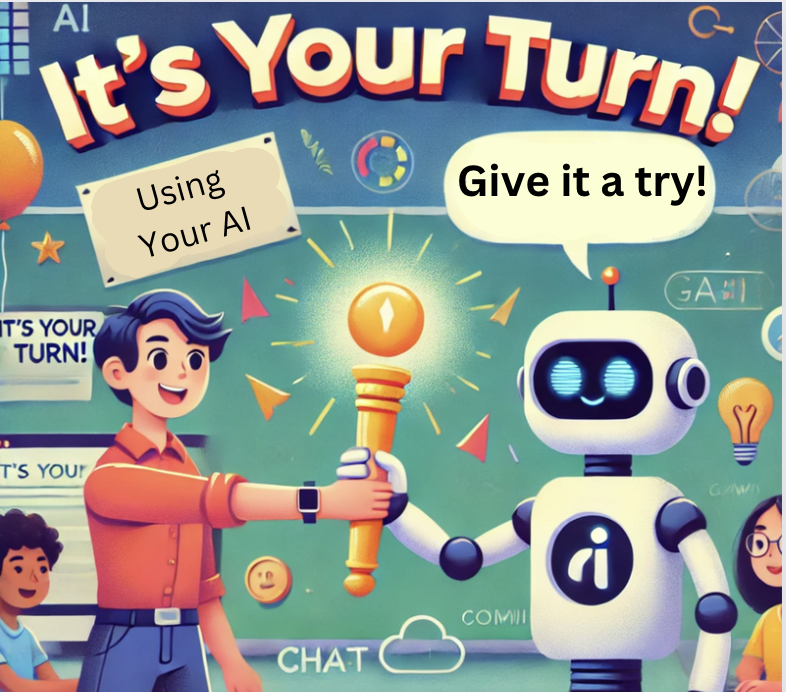
Curation & Creation
Challenge One – Go to Google and find a funny meme that represents something you teach. Then share your favorite instructional meme here.
Challenge Two: Your turn, think of something you teach/discuss in one of your courses. Make a meme to represent that concept. Then share your favorite instructional meme here.

